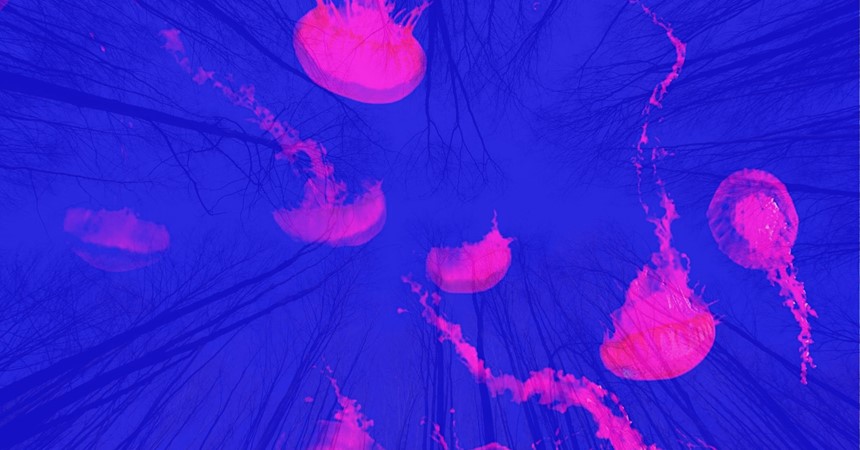Having signed up to an audio book monthly subscription five years ago, I have quite the collection. While the majority are theological, I do occasionally choose a mainstream best seller.
During the Christmas break I engaged in listening to Julia Baird’s, Phosphorescence - On Awe, Wonder and Things that Sustain You When the World Goes Dark.
The book is, in some ways a reaction to Dr Baird’s own medical ordeal. After being diagnosed with cancer several years ago, she had gone through a number of extremely traumatic surgeries to remove a tumour that ended up being the size of a basketball lodged in her abdomen. One gets the impression that this experience turned the author into a philosopher and much of the book provides the audience with the opportunity to be reflective of oneself, the relationships they have with the earth, each other, and their faith.
Phosphorescence is a type of photoluminescence related to fluorescence. Everyday examples of phosphorescent materials are the glow-in-the-dark toys, stickers, paint and wrist bands.
There is also phosphorescence found in the natural world. There are few things as startling as encountering an unearthly glow of wild glow worms, mushrooms, fireflies, flashlight fish, lantern sharks, vampire squid, forest floors and ceilings, the ocean depths and fringes are full of luminous beings’ - creatures lit from the inside.
When we encounter phosphorescence in our natural world, we cannot help but be confronted with wonder and awe. In fact, glow in the dark or not, our natural world is full of wonder and awe. The words "awe" and "wonder" are employed at least fourteen times in Pope Francis’ encyclical Laudato Si. Echoing the teaching of Rabbi Heschel that without awe the universe becomes a marketplace for us, the pope teaches that "If we approach nature and the environment without this openness to awe and wonder … our attitude will be that of masters, consumers, ruthless exploiters." So long as we are in touch with "wonder and awe" we recognize a "continuing revelation of the divine" in the smallest and largest forms within nature.
As well as being present with nature to experience its beauty Julia Baird’s research suggested that nature has healing properties.
The psychological effects of being cut off from the natural world have been recognised as a condition dubbed, nature deficit disorder and it is only now the benefits of immersion in it are being subject to rigorous testing. All over the world scientists have been conducting reams of research to assess the psychological and physical rewards of spending time in nature with all five senses open and alert. They have sent people on walks through remote forests, parks, and orchards in summertime, flooded them with the scent of Cedar wood in laboratories, blindfolded them and giving them sheets of aluminium then real leaves to feel and smell. All the while monitoring moods, heart rates, cortisol levels in saliva, glucose levels in blood, hypertension and sleep quality. The sense of comfort and relaxation through encounter with the natural world, among other findings, are truly astounding. In short when we are exposed to sunlight, trees, water or even just a view of green leaves, we become happier, healthier, and stronger people. Living in green spaces gives us more energy and a stronger sense of purpose.
More than a century ago Florence Nightingale instinctively understood that plants and gardens had therapeutic properties, which can be found in her seminal work notes on nursing written in 1859. She outlined her belief that patients would heal quicker if they were able to look at beauty, brilliant colours and a variety of objects. Patients acutely suffering in a hut, not being able to see out of a window, did not seem to heal as fast as those with a view of nature.
Nature is also living and breathing, it is no wonder that we humans are soothed, curious and surprised by the mystery of the world around us. Beauty is said to be the source of wonder. This idea is based on the Platonic understanding that beauty prompts desire, and that desirability causes beauty to become an effective means for learning. Wonder, therefore, stimulates the ‘desire to know’. The sense of wonder is an essential component of the learning process. It is through this process of experiencing awe and wonder that the synapses in our brain connect, a memory is created and often a smell, sound, visual image accompanies the learning which sticks with us.
It is vital that we open to the experience of awe and wonder as it supports us to become fully human and ultimately assists us live life to the full.
Phosphorescence - On Awe, Wonder and Things that Sustain You When the World Goes Dark is available to be borrowed from the DoMN library.
